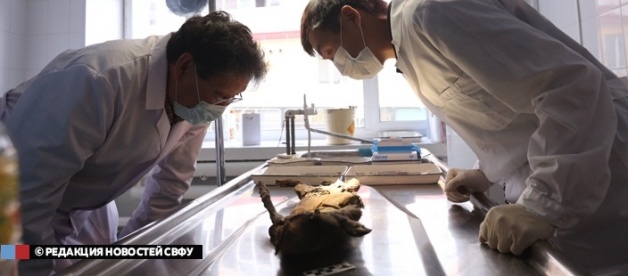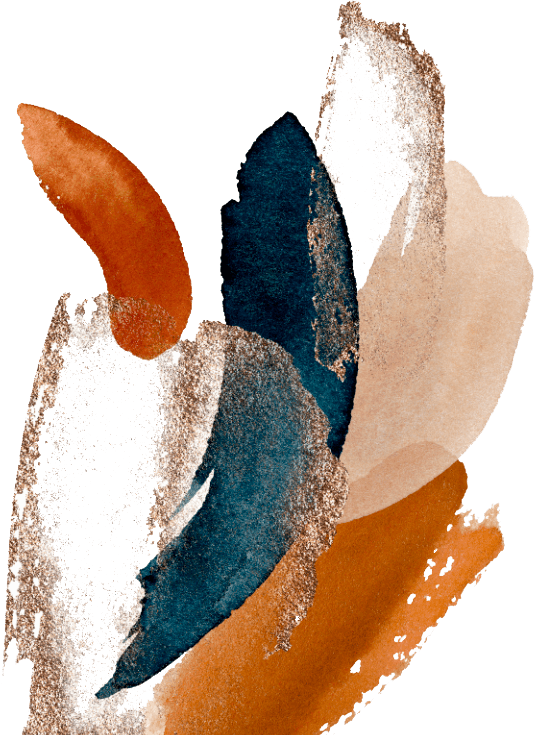
- 22 May 2015
- 1371
NEFU scientists conducted an autopsy of 12,000-year-old ancient dog
On April 20, scientists have conducted an autopsy of an ancient dog, aged over 12,000 years and found in 2011 in Ust-Yansky region, for the first time on the base of the Anatomy building of NEFU Medical Institute. The research will be continued in a major Japanese institution - Tohoku University.
The Tumat dog was discovered in 2011 by local residents on the lake among the bones of a mammoth skeleton. The age of the puppy is about three months. Currently, it is stored in the freezer at NEFU Mammoth Museum.
"Our task is to estimate the preservation of the ancient animal tissues at the macro and micro level. Real interest is the fact that the Pleistocene animal has a completely preserved carcass, which is unique by itself, having no analogues in the world. Although the tissues are mummified, they had not postmortem decomposition, as it usually happens with the biological material. Apparently, this is due to the unique cryogenic features of our nature. The autopsy helps to differentiate the collapsed lungs, heart, liver, diaphragm, part of the intestine, adipose tissue and bulky stomach with dense contents", Darima Garmaeva, M.D. , professor of NEFU Medical Institute, head of the Laboratory of ultrastructural and immunomorphological research of the university clinic.
During the autopsy of the dog, the scientists extracted and fixed tissue samples for histological studies in Russian research laboratories and Tohoku University in Sendai.
"Mary Desawa, professor of the Department of Histology and Cell Technologies of Tohoku University, has interested in the information on histological studies of the unique discovery. Next week we are planning to conduct joint research on the modern high-tech histological equipment of the Japanese university. We hope that the scientific ties with one of the seven imperial universities, ranked 40th in Global Universities Ranking, will benefit NEFU in the field of science, as well as education".
Reference:
Research is conducted under the program of the first stage of interdisciplinary Sakha-Belgian project "Pleistocene and postglacial dogs from the permafrost of Yakutia", the head of which is Sergey Fedorov, Mammoth Museum employee. The project was supported by NEFU Endowment. An autopsy was carried out with the participation of Semyon Grigoriev, the candidate of biological sciences, head of NEFU Mammoth Museum, the project head Sergey Fedorov, postgraduates Igor Sleptsov and Angelina Egorova.


 English
English Russian
Russian Chinese
Chinese